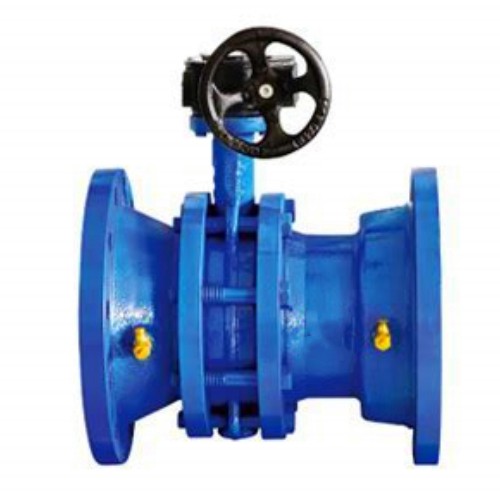Lockout Procedures for Gate Valve Safety and Security during Maintenance Activities
Understanding Gate Valve Lockout Ensuring Safety and Compliance in Industrial Settings
Gate valves are an essential component of many industrial systems, primarily used to start or stop the flow of liquids or gases. However, like all equipment in a plant, they require proper management to ensure not only effective operation but also safety for all personnel. This is where the concept of lockout/tagout (LOTO) comes into play, particularly focusing on gate valve lockout procedures. These protocols are critical for preventing accidental valve operation during maintenance or repair work, thus safeguarding workers from potential hazards.
What is Lockout/Tagout?
Lockout/tagout is a safety procedure employed in industrial settings to ensure that dangerous machines are properly shut off and not able to be started up again before the completion of maintenance or repair work. The key principle behind LOTO is to protect employees during inspections, repairs, or any other procedure that requires machinery to be inactive. This is accomplished through a series of steps that include shutting down the equipment, isolating the energy source, locking it in the safe position, and tagging it to indicate that maintenance is in progress.
Importance of Gate Valve Lockout
Gate valves can control substantial flows of hazardous materials, such as chemicals or steam, making proper lockout procedures when these valves are involved absolutely critical. If a valve is accidentally opened while maintenance personnel are working on connected systems, it could result in catastrophic failures, leading to injuries, equipment damage, or even fatalities. By implementing a thorough gate valve lockout process, businesses not only adhere to safety regulations but also foster a culture of safety awareness amongst employees.
Steps for Proper Gate Valve Lockout
1. Preparation Before starting any maintenance work, personnel should understand the entire system and the role of the gate valve within it. Reviewing schematics can provide insight into how the gate valve interfaces with other components and what potential hazards may arise during maintenance.
2. Notify affected employees All personnel who might be affected by the lockout should be informed prior to starting the procedure. This is vital to ensure that everyone is aware of the risks and the duration of the maintenance work.
gate valve lock out

3. Shut down the equipment The valve must be completely closed to halt the flow of the process fluid. This often requires the operator to manually disengage the valve by turning the wheel or handle to its off position.
4. Isolate the energy source After shutting the valve, identify and isolate the energy source linked to the system. This could involve closing additional valves upstream or downstream, ensuring that no residual pressure remains.
5. Lockout the valve Employ a suitable lockout device for the gate valve. This typically involves placing a lock on the valve handle or using a lockout tag that indicates the valve is out of service. A multi-lock hasp can be used when multiple workers are involved, ensuring that no one can remove the lock until all have finished their work.
6. Tagout procedures In conjunction with the lockout device, a tag should be attached, clearly stating that maintenance is being performed. It should include the name of the person responsible for the lockout, the date, and any other pertinent information.
7. Verification Before beginning any work, it’s crucial to verify that the lockout is effective. This involves testing the valve to ensure it cannot be opened or manipulated inadvertently.
8. Perform maintenance Once the gate valve is safely locked out and verified, maintenance work can proceed without fear of accidental reactivation.
9. Restore and remove lockout After the work is completed, ensure all tools are removed, and that the area is clear before removing the lock and tag. Notify affected personnel that the valve is being returned to service.
Conclusion
Implementing a robust gate valve lockout procedure is essential for maintaining a safe working environment in industrial settings. It not only protects employees during maintenance activities but also complies with regulatory standards, reducing the risk of accidents. By prioritizing safety and adhering to lockout/tagout protocols, organizations can foster a culture of safety that benefits everyone involved.
-
The Key to Fluid Control: Exploring the Advantages of Ball Valves in Industrial SystemsNewsJul.09,2025
-
The Versatile World of 1, 2, and 3 Piece Ball ValvesNewsJul.09,2025
-
Stainless Steel Ball Valves: The Ideal Choice for Efficient Flow ControlNewsJul.09,2025
-
Optimizing Fluid Control with Ball Float ValvesNewsJul.09,2025
-
Manual Gate Valves: Essential for Control and EfficiencyNewsJul.09,2025
-
Everything You Need to Know About Butterfly ValvesNewsJul.09,2025
-
The Versatility of Wafer Type Butterfly ValvesNewsJul.08,2025




